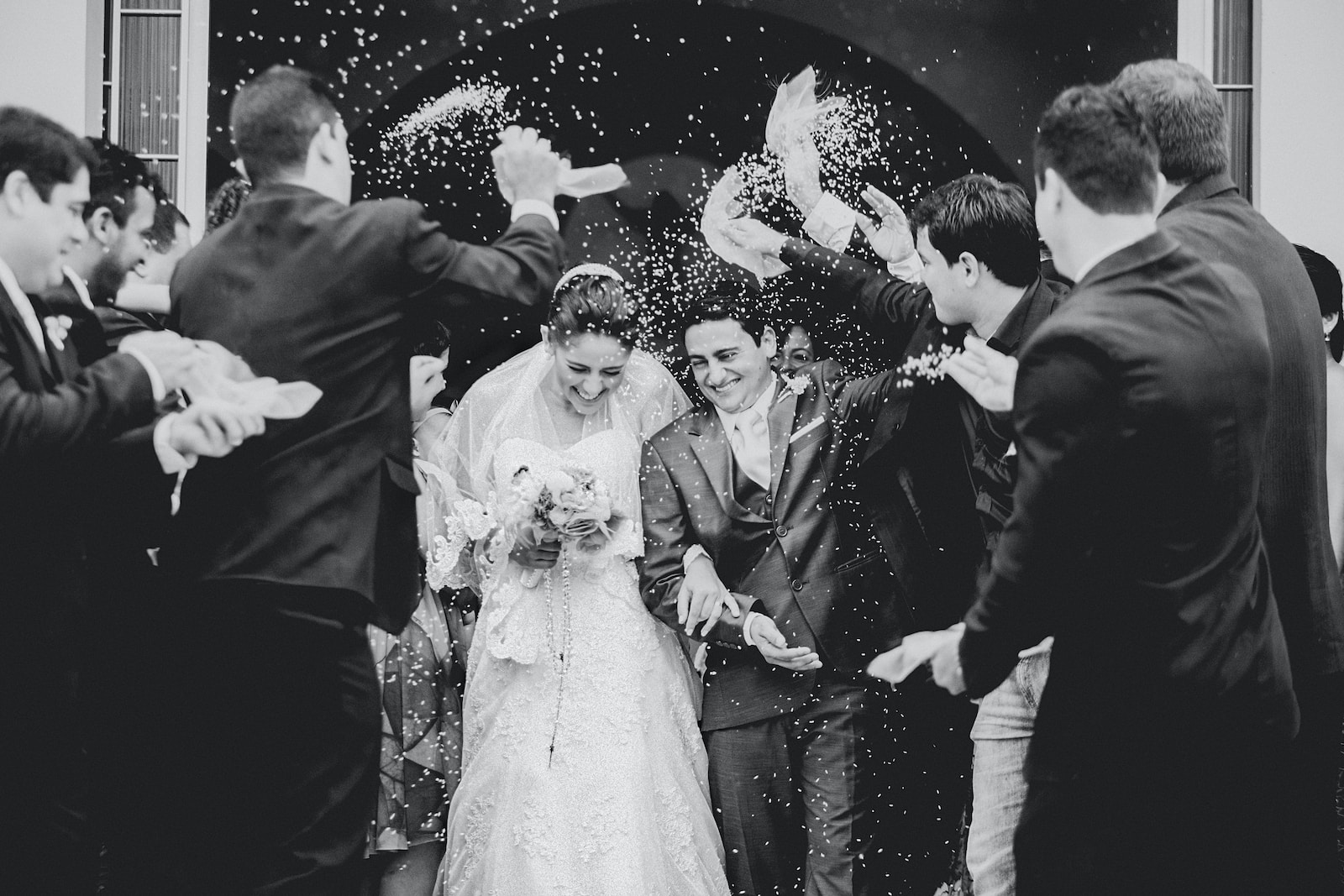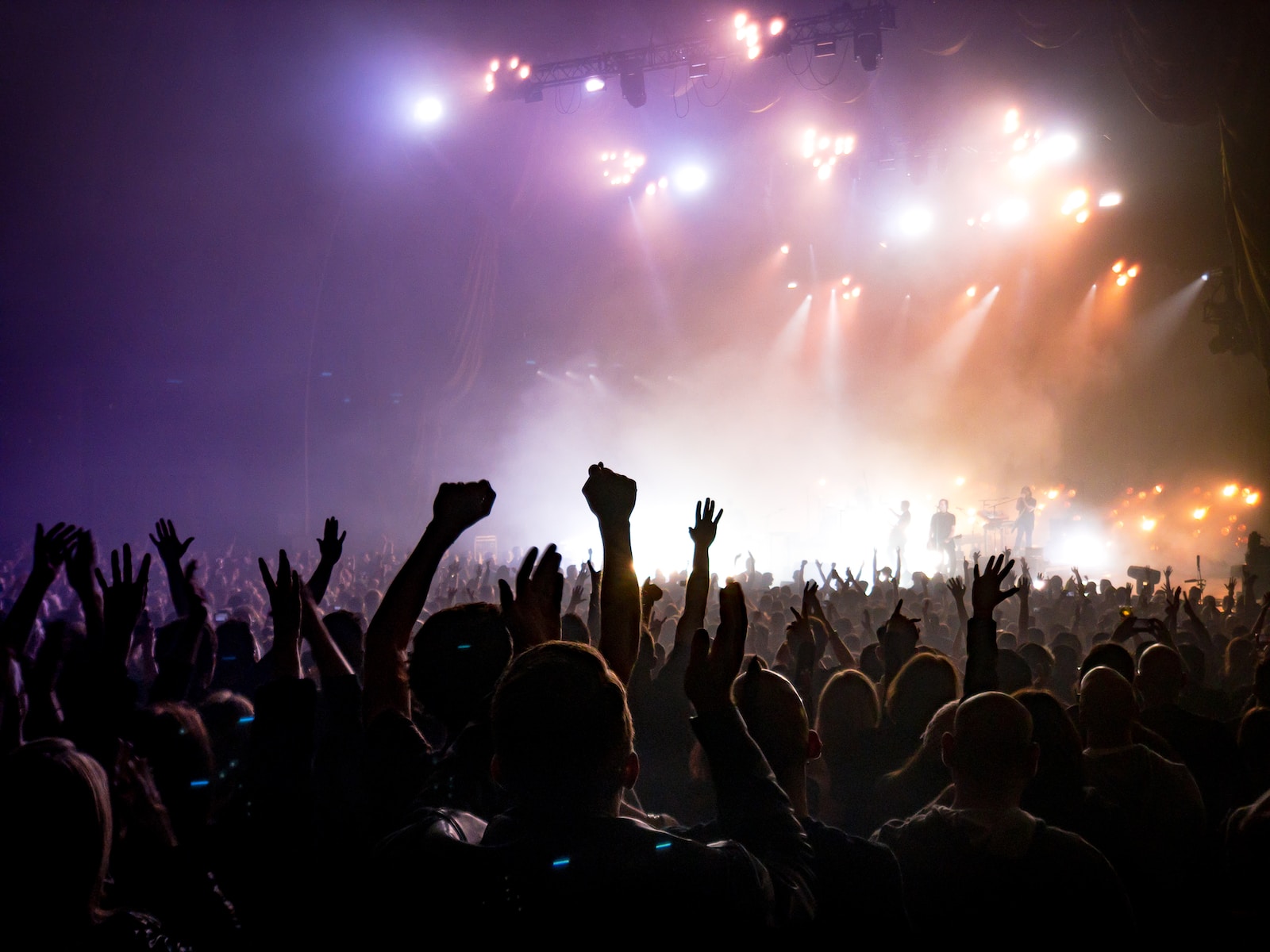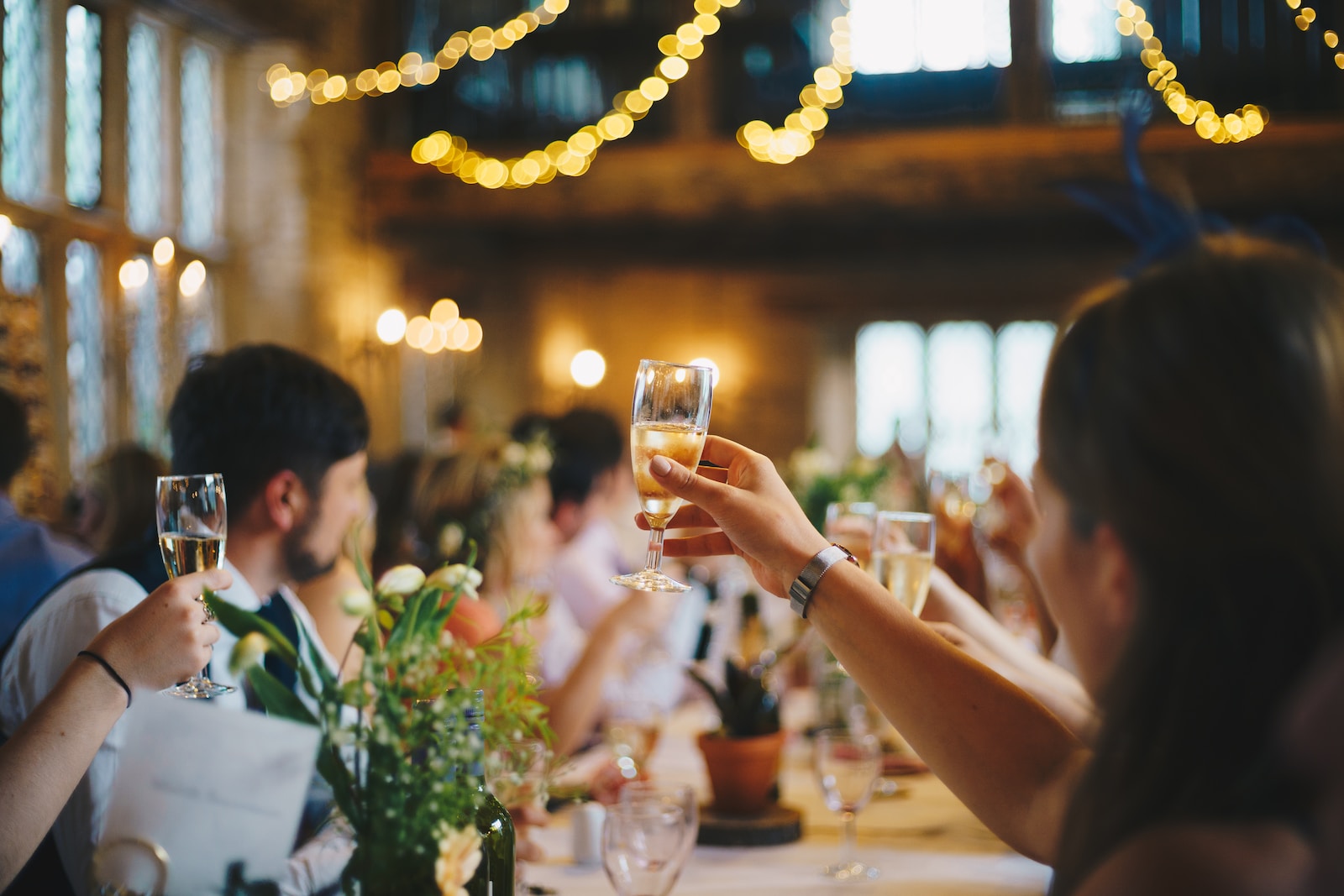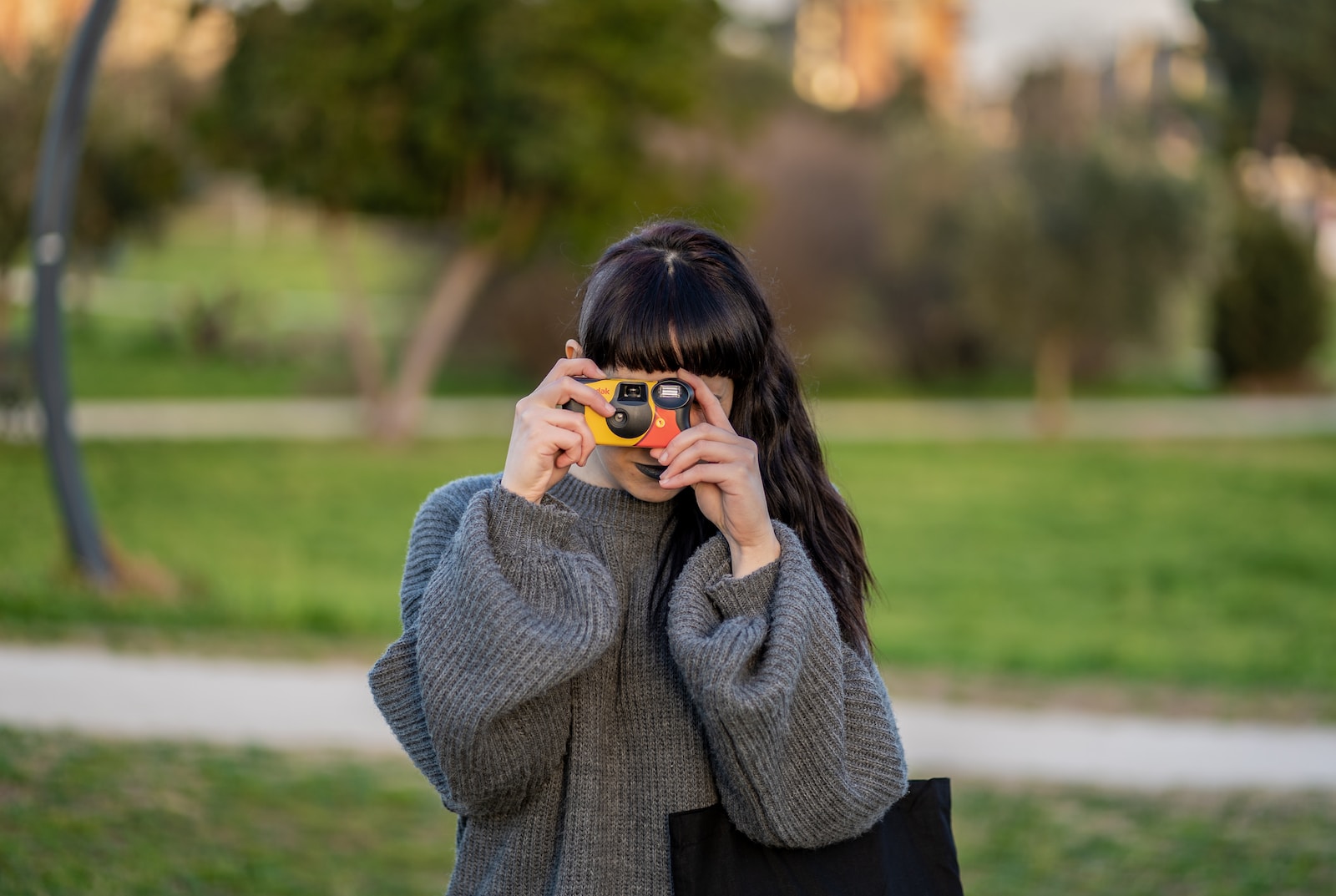Welcome to Picture Perfect: Wedding Photography Guide! If you are getting ready to document the most special day in someone’s life, you’ve come to the right place. In this blog, we will share expert tips and tricks for capturing every heartfelt moment with your camera. From choosing the right equipment to mastering composition and lighting techniques, we have you covered. So grab your camera and get ready to capture memories that will last a lifetime.
Table of Contents
- Capturing the Magical Moments
- Choosing the Right Camera and Equipment for Wedding Photography
- Timing is Everything
- Frequently Asked Questions
- 1. What are the essential camera settings for wedding photography?
- 2. How can I capture candid moments at weddings?
- 3. What are some tips for dealing with low-light conditions during indoor weddings?
- 4. How do I ensure sharp focus on the couple during group shots?
- 5. What are some creative poses and angles I can use for wedding photography?
- 6. How can I effectively capture emotional moments during the ceremony?
- 7. What equipment should I bring for wedding photography?
- 8. How do I ensure that my clients feel comfortable and relaxed during the photo sessions?
- 9. What are some post-processing tips for wedding photography?
- 10. How can I effectively market myself as a wedding photographer?
- Wrap Up
Capturing the Magical Moments
As a wedding photographer, one of the most important aspects of your job is capturing the magical moments during the wedding ceremony. These are the moments that the couple will cherish for a lifetime, and it’s your mission to immortalize them through your lens.
When photographing the ceremony, it’s crucial to approach it with a keen eye for detail and a deep understanding of the emotions involved. Here are a few tips to help you make the most of this precious moment:
- Be Prepared: Arrive at the venue early to scope out the lighting conditions and choose the best angles to capture the bride, groom, and officiant. Scout the area for potential obstructions and plan your positioning accordingly.
- Shoot in Burst Mode: The ceremony is filled with fleeting expressions and gestures. To ensure you don’t miss a single moment, shoot in burst mode, allowing you to capture a series of shots in rapid succession.
- Focus on Emotions: Weddings are emotional events, so be sure to focus on capturing the raw emotions displayed by the couple and their loved ones. Keep an eye out for tears, laughter, and the loving glances exchanged between the newlyweds.
- Experiment with Angles: Don’t be afraid to get creative with your angles and perspectives. Capture the wide shots that showcase the grandeur of the venue, as well as the intimate close-ups that reveal the intricate details of the ceremony.
- Utilize Natural Light: Whenever possible, rely on natural light to enhance the romantic atmosphere of the wedding ceremony. Avoid using flash, which can be distracting and harsh.
Preserving the Ceremony Atmosphere
Aside from capturing the key moments and emotions, it’s equally important to preserve the overall atmosphere and ambiance of the ceremony. These photos will provide a holistic representation of the couple’s special day. Here’s how you can do it:
- Include the Venue: Incorporate shots that showcase the unique features of the wedding venue. This could be the stunning stained glass windows of a church or the breathtaking views from an outdoor ceremony.
- Highlight the Decor: Take pictures of the intricate floral arrangements, elaborate arches, and beautifully decorated aisles. These details contribute to the overall ambiance of the ceremony and should be given prominence in your shots.
- Focus on Candid Moments: In addition to posed shots, candid pictures can truly encapsulate the authenticity of the ceremony. Capture the reactions of guests, the quiet conversations, and the stolen glances exchanged between loved ones.
- Experiment with Black and White: Consider converting some of your ceremony photos to black and white. This classic aesthetic adds a timeless feel and can enhance the emotional impact of the images.
- Embrace Silhouettes: Silhouettes can create striking and dramatic images, particularly during the ceremony. Experiment with backlighting to capture the couple’s outline against a vibrant sunset or a beautifully lit doorway.
Remember, the wedding ceremony is the heart of the celebration, and your photographs should reflect the love, joy, and intimacy present in every moment. With these tips, you’ll be well on your way to capturing picture-perfect memories that the couple will treasure for years to come.
Did you know that the first ever photograph of a person was taken in 1838? It was captured by Louis Daguerre in a candid street scene, but the person remained still enough to leave a faint image on the plate. Photography has come a long way since then!
Choosing the Right Camera and Equipment for Wedding Photography
When it comes to capturing the special moments of a wedding, having the right camera and equipment can make all the difference. But with so many options available, how do you know which one is the best fit for your needs? In this guide, we will explore the various camera options and necessary equipment to help you capture picture-perfect moments at weddings.
The Main Subject: Cameras
Choosing the right camera is crucial for achieving stunning wedding photographs. While there are numerous camera brands and models available, it’s essential to focus on their features rather than specific brand names. Here are some key factors to consider:
1. Image Sensor: Look for cameras with larger image sensors as they tend to produce higher quality images with better detail and improved low-light performance.
2. Megapixel Count: Higher megapixels can result in sharper images and give you more flexibility when cropping and editing the photos. However, keep in mind that a higher megapixel count does not necessarily guarantee better image quality.
3. ISO Range: Select a camera with a wide ISO range to handle various lighting conditions that are typical at weddings. This will allow you to capture clear and detailed shots in low-light situations without excessive noise.
The Necessary Equipment
Alongside the camera, certain equipment will greatly enhance your wedding photography. Here are some essential items worth considering:
1. Lenses: Investing in high-quality lenses is crucial for capturing different types of shots throughout the wedding day. For general use, a versatile zoom lens with a focal length range is recommended. Additionally, prime lenses with wider apertures (such as f/1.8 or f/2.8) are perfect for achieving beautiful portraits and creating a pleasing bokeh effect.
2. External Flash: Even though natural light is preferred for wedding photography, having an external flash will help you handle challenging lighting situations. Look for a flash that allows you to bounce the light off ceilings or walls to create a softer and more natural-looking illumination.
3. Tripod/Monopod: Wedding venues often have dimly lit areas where using a tripod or monopod can significantly improve image sharpness by reducing camera shake. These tools are particularly useful during the ceremony and reception.
4. Memory Cards and Batteries: Always carry spare memory cards to ensure you never run out of storage space, and extra batteries to avoid missing crucial moments. Weddings are long events, and having backups is essential.
Remember, the best camera and equipment for wedding photography may vary depending on your shooting style and preferences. Take time to research and consider your options, and don’t be afraid to try out different combinations to find what works best for you. Armed with the right gear, you’ll be ready to capture the moments that make weddings so special.
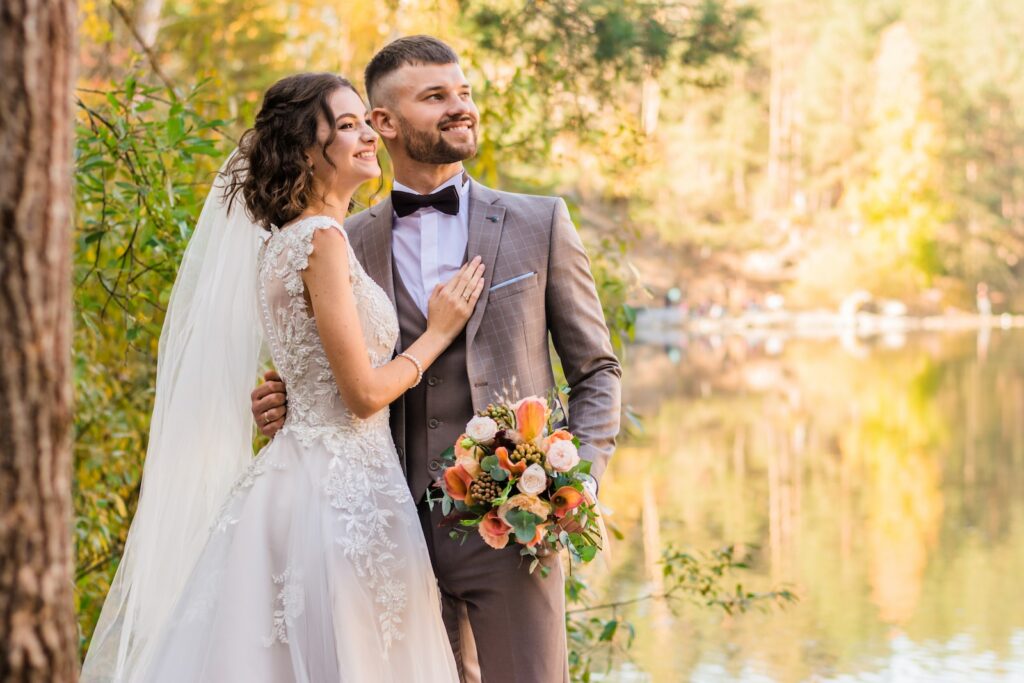
Timing is Everything
Capturing the magical moments at a wedding relies on perfect timing. While every wedding is unique, there are certain times during the day when the lighting and atmosphere are ideal for stunning photos.
One of the best times to snap those picture-perfect shots is during the golden hour, which occurs just after sunrise or before sunset. The warm, soft light during these times creates a romantic and dreamy ambiance, adding a touch of magic to your wedding photographs. The gentle rays of the sun also cast flattering shadows and illuminate the subject beautifully.
Additionally, consider taking advantage of the soft natural lighting during the blue hour, which takes place in the hour before sunrise or after sunset. The soft blue tones create a serene atmosphere, perfect for capturing intimate moments between the newlyweds.
While both the golden hour and the blue hour offer great lighting conditions, keep in mind that weather and geographical location can play a role in the timing. Be sure to check the local weather forecast and plan accordingly.
Finding the Ideal Vantage Points and Positions
As a wedding photographer, finding the perfect vantage points and positions is crucial for telling the couple’s story through your lens. Here are some tips and options to consider:
1. Ceremony: Position yourself strategically to capture both the couple’s reactions and the essence of the ceremony. Consider shooting from the side to capture the emotions on the couple’s faces, or from the back to include the entire scene, including the guests and the beautiful backdrop. Alternatively, get creative and think outside the box for unique angles, such as shooting through objects or using reflections.
2. Portraits: For capturing stunning portraits, look for locations with visually appealing backgrounds that complement the couple. Whether it’s a lush garden, a rustic barn, or a city skyline, choose an area that adds depth and interest to the photos. Experiment with different angles and perspectives, such as shooting from a low angle to make the couple appear taller and more majestic.
3. Wedding Party: During the wedding party photoshoot, explore various vantage points to capture the energy and joy of the celebration. Capture candid moments between the newlyweds and their friends, while also considering group poses that showcase the unity and connection within the wedding party.
4. Reception: The reception offers numerous opportunities for unique and lively shots. Capture the ambiance of the venue by photographing the decorations, lighting, and guests’ interactions. Don’t forget to document the first dance, toasts, and other key moments that express the emotions and happiness of the couple and their loved ones.
Remember, each wedding presents its own challenges and opportunities. Be prepared to adapt and experiment with different positions and vantage points to ensure you capture the special moments from every angle.
One helpful photography tip for capturing stunning wedding photos is to use a wide aperture setting on your camera. This will create a shallow depth of field, allowing the subject to stand out from the background and giving your images a professional and artistic look.
Frequently Asked Questions
1. What are the essential camera settings for wedding photography?
When shooting weddings, it is important to set your camera to manual mode to have full control over the exposure. Use a wide aperture (around f/2.8 to f/4) to achieve a shallow depth of field. Keep your ISO as low as possible to maintain image quality, and adjust the shutter speed accordingly for proper exposure.
2. How can I capture candid moments at weddings?
To capture candid moments, be discreet and blend into the background. Use a long lens (e.g., 70-200mm) to maintain distance and avoid disturbing the natural flow of events. Anticipate the moments and be ready to capture emotions, spontaneous interactions, and genuine reactions.
3. What are some tips for dealing with low-light conditions during indoor weddings?
In low-light situations, use a fast lens with a low aperture for better light gathering capabilities. Increase your ISO settings (between 800 to 1600) to compensate for the lack of light while keeping noise levels under control. Consider using external lighting equipment or bounce flash techniques to illuminate subjects.
4. How do I ensure sharp focus on the couple during group shots?
When taking group shots, use a narrow aperture (around f/8 to f/11) to ensure a larger depth of field and keep everyone in focus. Position yourself at an angle rather than straight on to the group to create a natural-looking composition. Use manual focus to ensure the couple stays sharp within the frame.
5. What are some creative poses and angles I can use for wedding photography?
Explore different angles and perspectives to add variety to your wedding images. Capture shots from above, below, or at eye level. Experiment with unique composition techniques, such as framing the couple within a natural element or utilizing reflections for interesting reflections.
6. How can I effectively capture emotional moments during the ceremony?
During the ceremony, focus on capturing authentic emotions by observing the couple and their loved ones. Be ready to capture spontaneous tears, joyful smiles, or even small gestures. Use continuous shooting mode to capture a series of images and increase the chances of capturing the perfect emotional moment.
7. What equipment should I bring for wedding photography?
Essential equipment for wedding photography includes a high-quality DSLR camera, a versatile lens (e.g., 24-70mm), a longer lens for candid moments (e.g., 70-200mm), spare batteries and memory cards, a flash unit, a sturdy tripod, and a light reflector. Consider bringing backup equipment to be prepared for any unforeseen circumstances.
8. How do I ensure that my clients feel comfortable and relaxed during the photo sessions?
To make your clients feel at ease, establish a rapport and communicate openly before the wedding day. Have a pre-wedding consultation to discuss their vision, understand their preferences, and build trust. Make them comfortable during the shoot by providing gentle direction and encouragement, and always maintain a friendly and approachable demeanor.
9. What are some post-processing tips for wedding photography?
In post-processing, aim for a consistent editing style that enhances the overall mood and emotions captured during the wedding day. Use software like Adobe Lightroom or Photoshop to adjust exposure, white balance, and colors. Avoid excessive editing and strive for a natural and timeless look in your final images.
10. How can I effectively market myself as a wedding photographer?
To market yourself effectively, build a professional website showcasing your portfolio and services. Utilize social media platforms to showcase your work, engage with potential clients, and participate in online photography communities. Collaborate with wedding vendors and consider offering special promotions to attract new clients.
Wrap Up
As you embark on your journey to becoming a skilled wedding photographer, remember that practice makes perfect. Experiment with different angles, lighting, and compositions to truly capture the essence of each moment. Don’t be afraid to step out of your comfort zone and try new techniques.
Remember, the most important thing is to have fun and enjoy the process. The more you enjoy what you’re doing, the better your photographs will turn out. So grab your camera, get out there, and start capturing those picture-perfect moments!
We hope you found this wedding photography guide helpful. If you have any questions or would like to share your own tips and experiences, feel free to leave a comment below. Happy shooting!
